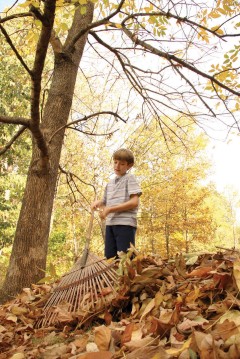
Wondering how Ontario’s new pesticide ban will affect your lawn and garden when it goes into effect next spring? Planning is the key — from selecting plant varieties to their location, sun and shade requirements to how much water they need.
Often, a few simple changes can help your lawn and garden grow beautifully, without pesticides. Here are a few tips from Ontario’s Ministry of the Environment.
Healthy soil is the first step to making your garden grow. Adding compost to your soil, mulching garden beds, and fertilizing your lawn in the fall with natural or organic fertilizers will help balance your soil’s PH.
Take an inventory and assess what should go where. Choose plants that work with the soil, light, and drainage conditions.
Check out native species. These plants will be better adapted to the climate and soil conditions and less prone to disease.
Try planting a xeriscape or “dry” garden. There is a great variety of drought-resistant plants available that require very little water.
Use ground cover plants in areas where grass doesn’t grow well, such as under maple or conifer trees.
Proper watering, aerating, mulching, and leaving grass clippings on can help your lawn remain healthy and pest-free without chemicals.
Visit your local garden center or check out the many gardening websites for tips and advice on natural gardening and lawn care.
– News Canada
Related posts:
